When you plan or furnish a bathroom you inevitably find yourself pondering many questions: bathtub or shower is one of the toughest, as it can give you a lot to think about. This happens most often in your first home where you might live alone (or maybe as a couple) and you haven’t yet worked out your preferences, habits and lifestyle: here we’ll consider some points that will help you make the choice.
The bathtub has been a standard feature in houses from the moment the bathroom became a separate room: it makes up a part of the fabric of architectural history and often it’s chosen almost out of habit. In the past few decades, however, shower cubicles have experienced an exponential rise in popularity, and have spread into the market rapidly on the wings of shrinking spaces and lifestyle changes.
If you have two bathrooms, it’s possible to have both options by choosing one for each room. Things get complicated when the house only has one bathroom, or when you’re not sure about having a bathtub at all and plan to install two shower cubicles. To be sure you choose the right option without depriving yourself of some simple joys in life, you need to evaluate the situation well, as well as how much each option will be used. We’re going to try to look at the advantages and disadvantages of both (but keep in mind, in the end it’s a completely personal choice).
Choosing a bathtub over a shower: pros and cons
Let’s start with the advantages of the bathtub:
- It allows you to enjoy the benefits of hydrotherapy thanks to the possibility of having a hot bath, maybe even with massage jets;
- It can have ornamental value within your bathroom, especially if we consider some of the freestanding bathtub designs;
- It’s useful for those who have small children (bathtime is an important feature of every child’s first years);
- It can be used as a space for washing large or bulky objects or garments when there’s no access to outdoor spaces (such as terraces and gardens) or laundry areas;
- It’s easy to clean, not generally having awkward points of access and doesn’t require any special kind of maintenance.
And the disadvantages?
- Because of its length the bathtub takes up more space than a medium-sized shower cubicle;
- Filling a tub, taking a bath and emptying it (not to mention cleaning up after) takes more time in general;
- If it doesn’t get used it’s a waste of space that could be used for more practical furniture;
- It can be difficult to access for people with physical disabilities and the elderly.
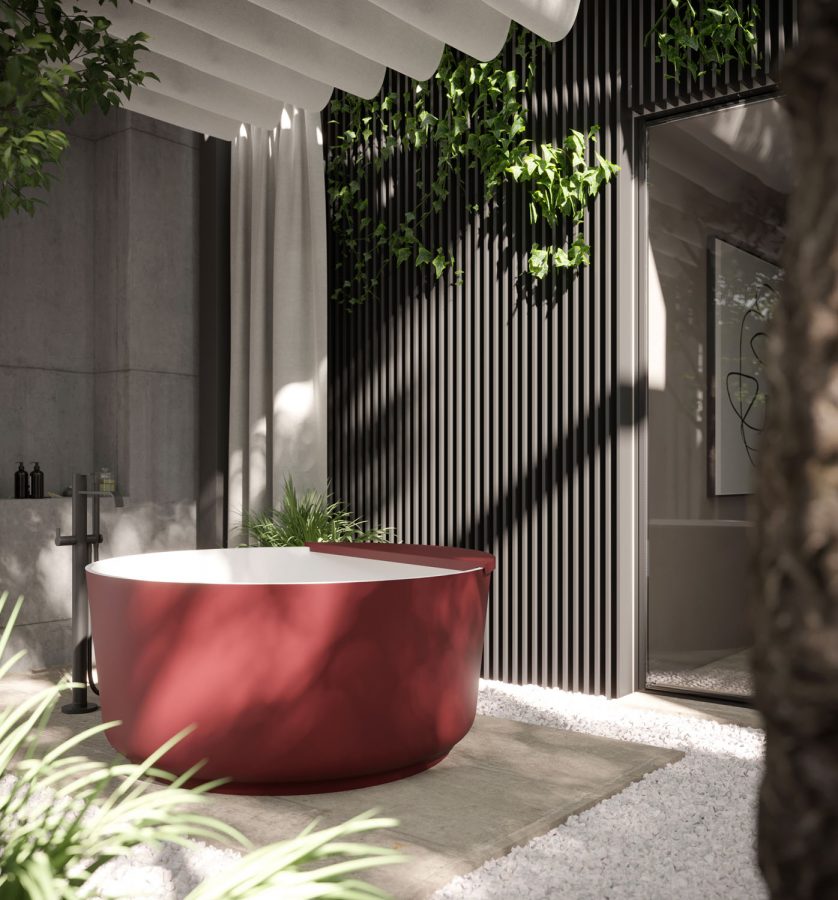
Find your favourite bathtub among the Disenia designs
A bathroom with a tub is a dream for many of us because it offers the possibility of having a private mini spa in which you can allow yourself – even if rarely – a few minutes of relaxation. Modern bathtubs enrich a bathroom with a choice of sinuous lines or defined shapes, adapting to the interior design plans and even the colour choices for the room. The Disenia range is a line of bathtubs that you can paint in exactly the same shade as the rest of the room (like shower trays, bathroom furniture and surfaces; even radiators and shower cubicles), keeping up with the latest trends.
Don’t know which bathtub to choose? Check out our guide
Want to replace an old tub with a new designer one? Here’s how to do it
Choosing a shower cubicle: pros and cons
Ok, so now let’s have a look at the benefits of having a shower cubicle (and, moreover, taking a shower):
- The shower can be extremely relaxing (or reinvigorating depending on your preference for the temperature of the water);
- Given the styles available for modern shower cubicles, the shower can be an important addition to any plans for the decoration of the bathroom;
- Taking a shower usually takes much less time than taking a bath;
- Accessibility is not an issue if the shower is well thought-out (for instance when the shower tray is level with the paving and the shower can accommodate wheelchairs and/or a second person) ;
- It can be more easily made to measure, resolving any structural issues and adapting to irregular angles or nooks and crannies.
The disadvantages?
- If it’s too small it will be uncomfortable to use;
- It can be difficult to manage small children or newborns, which would require having a small tub inside the cubicle until they’re big enough to wash themselves;
- Some types of shower cubicles can be difficult to clean (here’s a list of the top 5 easiest-to-clean cubicles).
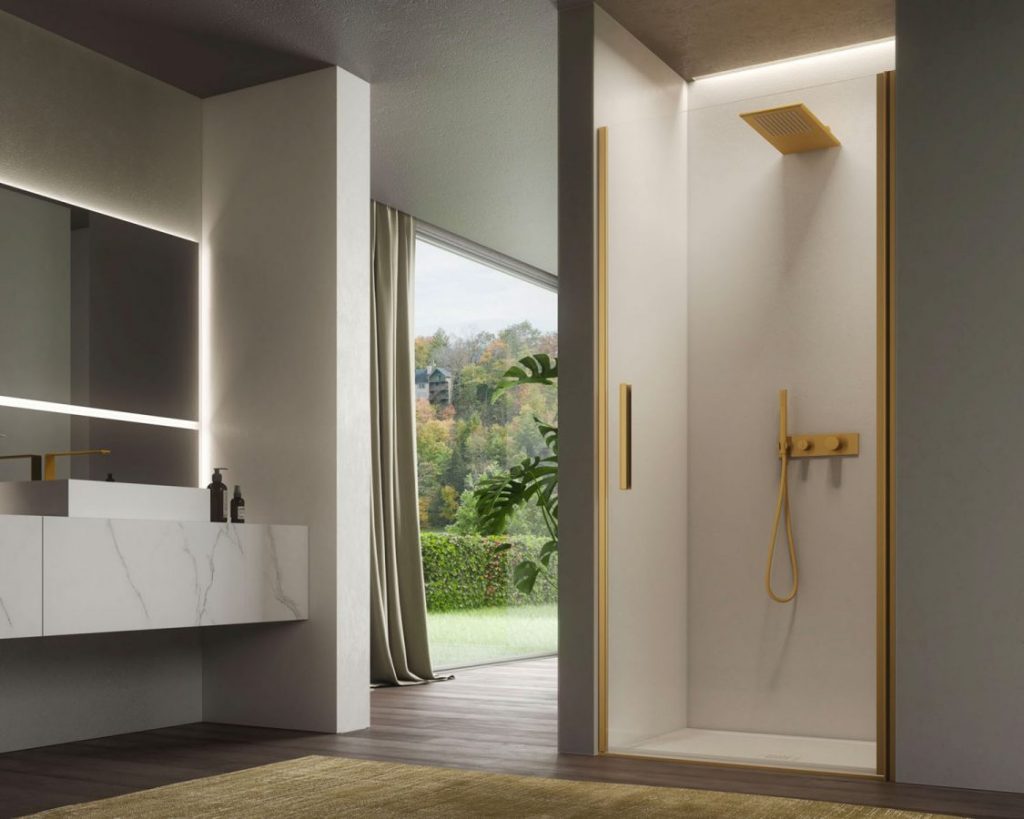
With or without a frame? Sliding or hinged doors? Discover more about Disenia showers here
Today bathrooms with a shower are much more common due to space constraints and also because bathtubs no longer fit in with our fast-paced lifestyle. A quick shower also uses much less hot water than a bath.
Modern shower cubicles can also be adapted to any décor, offering an ample variety of styles that can be coordinated perfectly with the colour scheme or metallic finishes of the bathroom.
Do you prefer a frameless shower or one with a profile? Are you a fan of the sleek design of walk-in shower cubicles? Disenia offers a huge range of cubicle solutions, with or without a frame, and all of the designs are fully customisable and made to measure ensuring that you’ll find the perfect shower cubicle for your bathroom.
Small bathrooms: tub or shower cubicle?
If space is a constraint, the focus is on finding a solution which is suited to the size of the bathroom.
Here the shower cubicle generally occupies less space: the smallest cubicles can be 80 x 80 cm in size, even if we wouldn’t recommend falling below a 70 x 90 cm ratio which is the minimum for moving comfortably within the cubicle.
When it’s centimetres that are calling the shots it’s important to pay attention to the typology of the doors of the cubicle: in this post we’ve looked at the best space-saving options available.
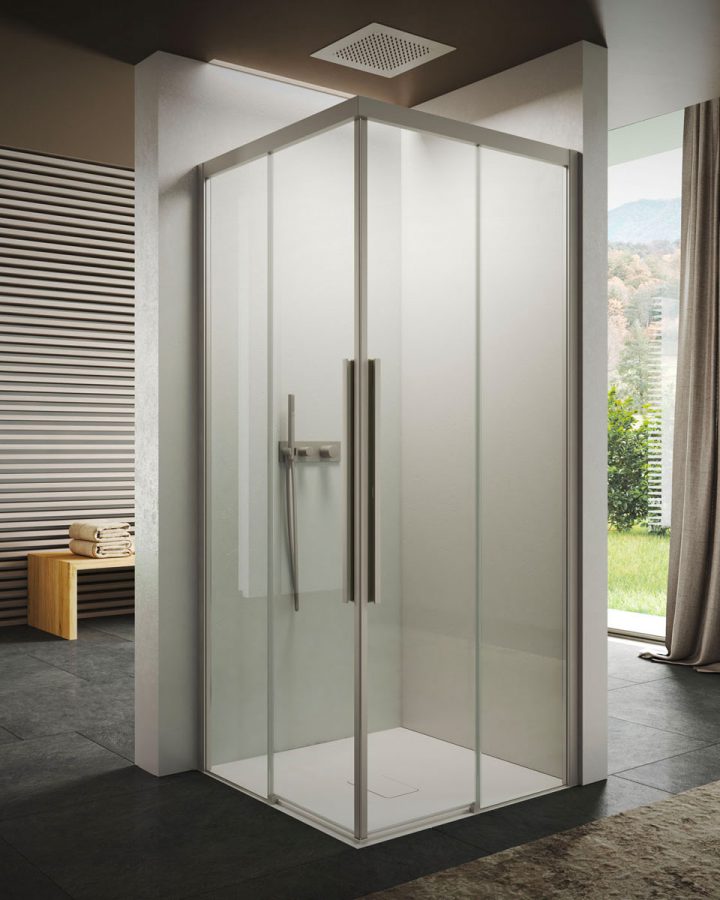
The latest trends however have seen showers increasing in size, allowing the shower cubicle to transform into a super-shower zone, preferably in the walk-in version, often with scenic coverings on the glass.
At this point the tub and the shower cubicle start coming neck-to-neck: in fact we could even say that there are some tubs that would occupy less space, perfect for mini bathrooms.
Yep, here we’re really talking about space-saving tubs. Compact but comfortable in a contemporary style. It’s not always necessary to have a huge tub to have a relaxing soak!
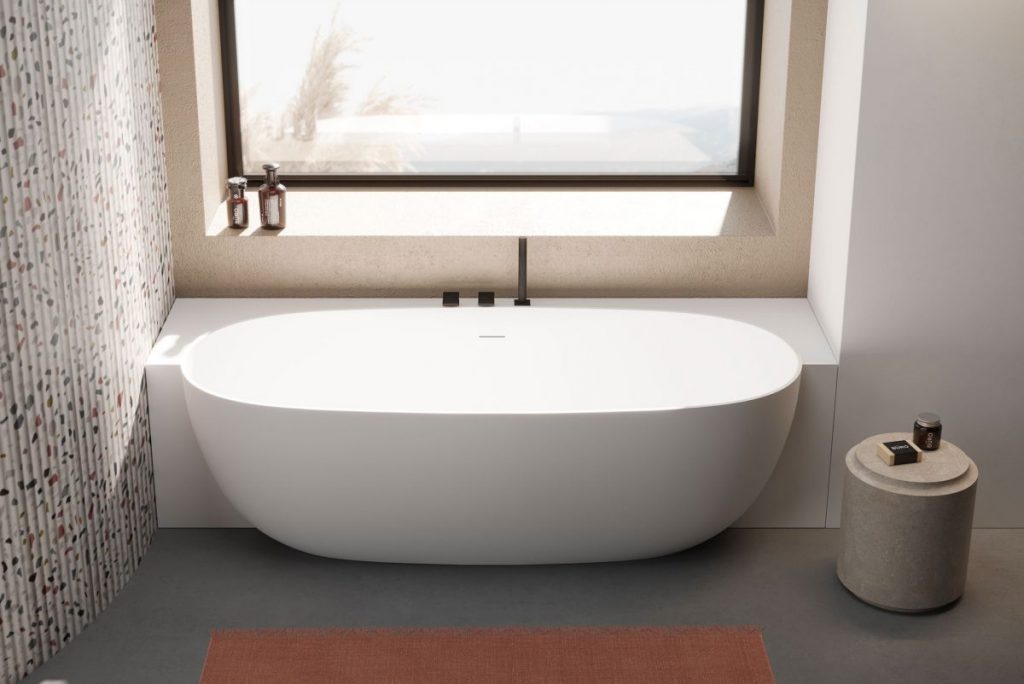
Discover all the Disenia bathtubs
And if you want both?
The dilemma can resolve itself without even having to choose.
Tubs and shower cubicles can be installed together in two different ways:
- Separately: if you have the space, they can be put side by side, or even in two different areas of your bathroom (here it’s just a question of how much room you have!);
- Combined: by installing a shower panel, which allows the tub to essentially become an open shower cubicle.
In short: bath and shower cubicle together? Why not? The only important thing is to have a clear idea of your preferences, habits and requirements.
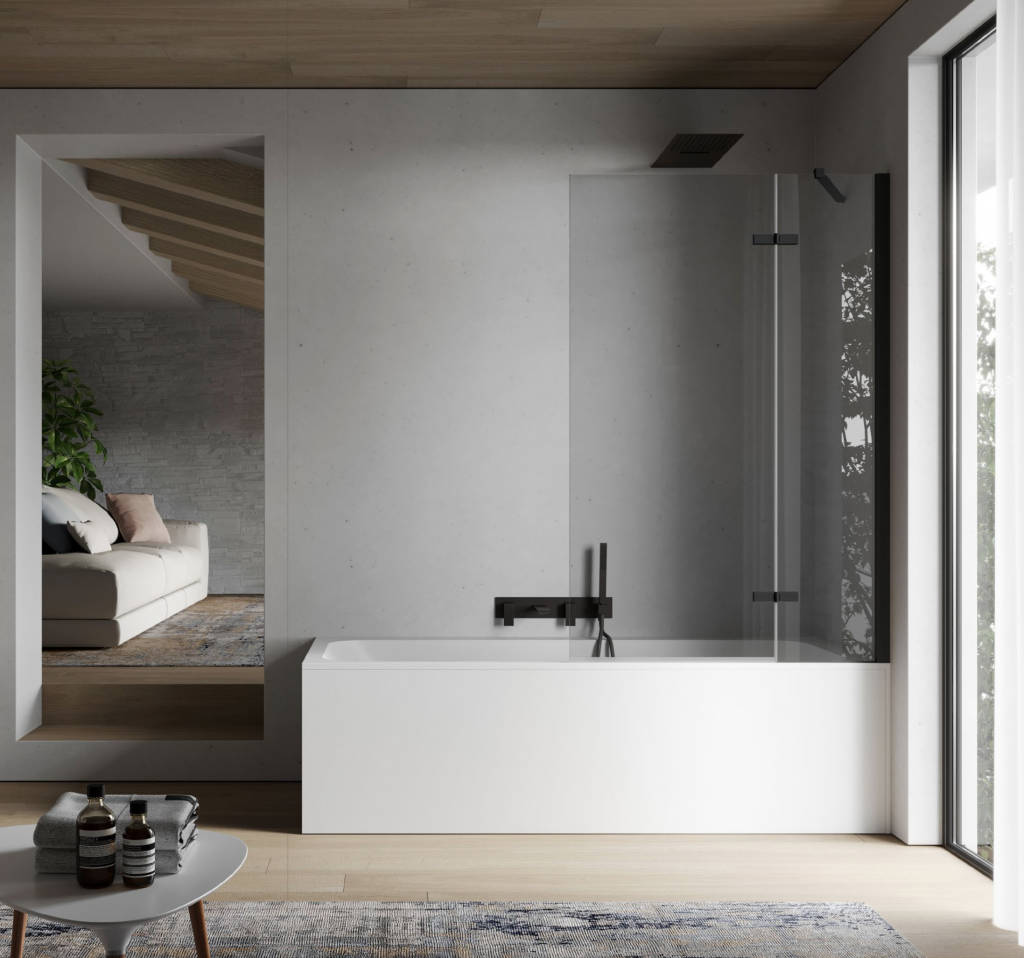
And so our mini-guide on choosing a bath or a shower has come to a close: what do you think? Do you still have doubts? If you’ve already had a look through the vast Disenia catalogue and want to see our solutions directly you just have to go to one of our authorised resellers. And don’t lose out on important updates: sign up to our newsletter to always be in the loop with our new designs.

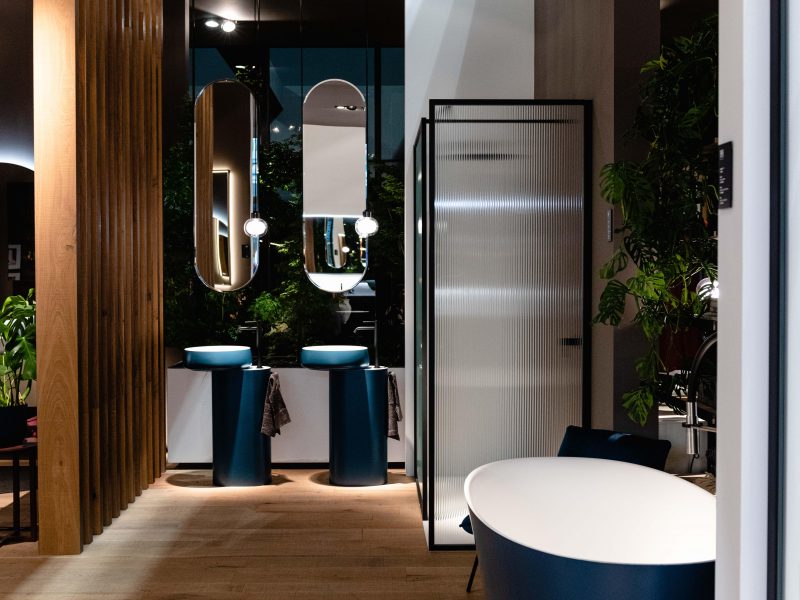
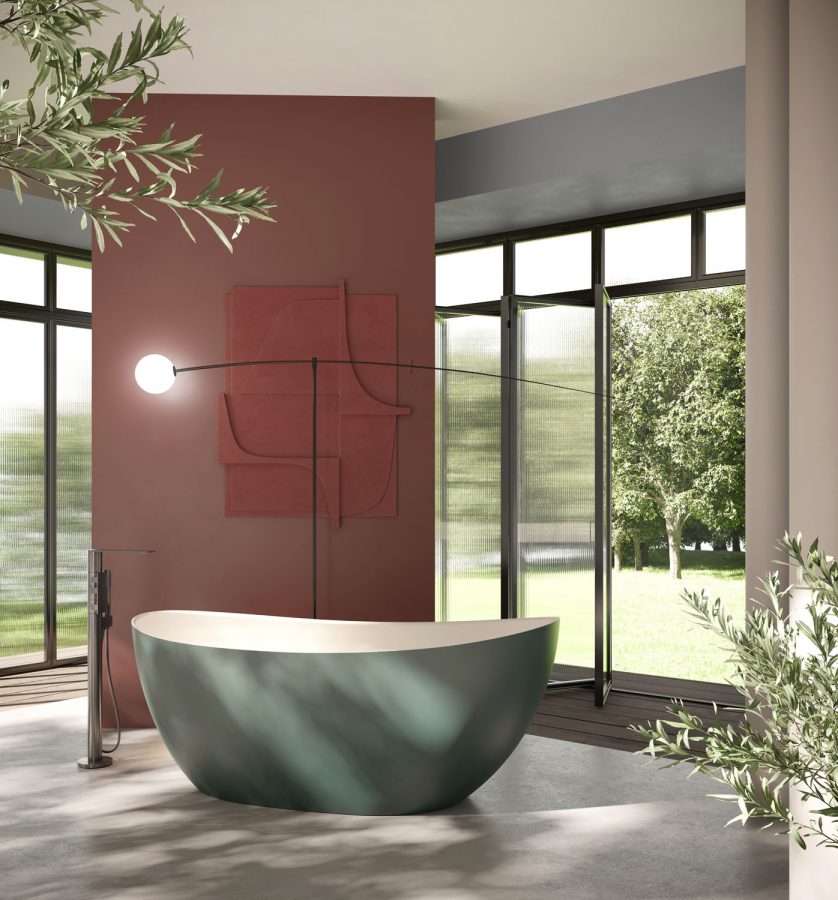



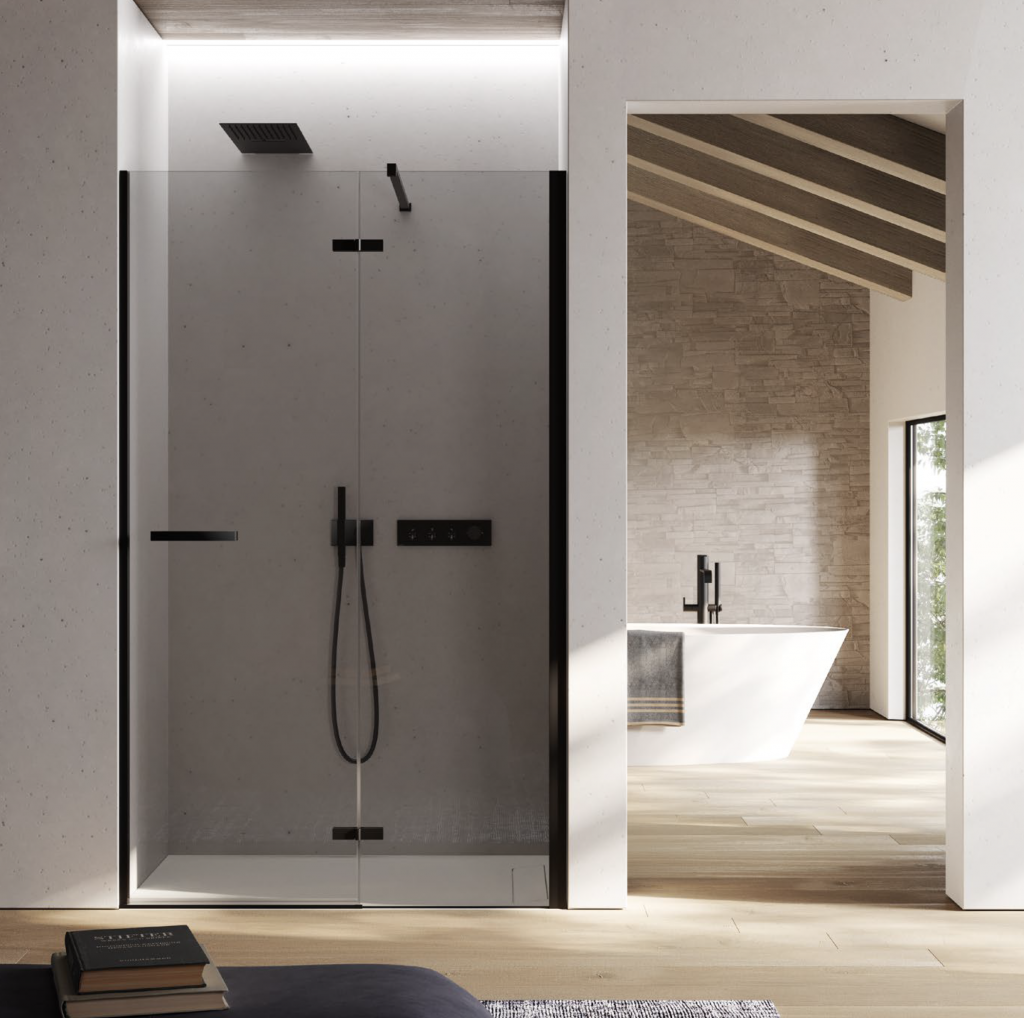
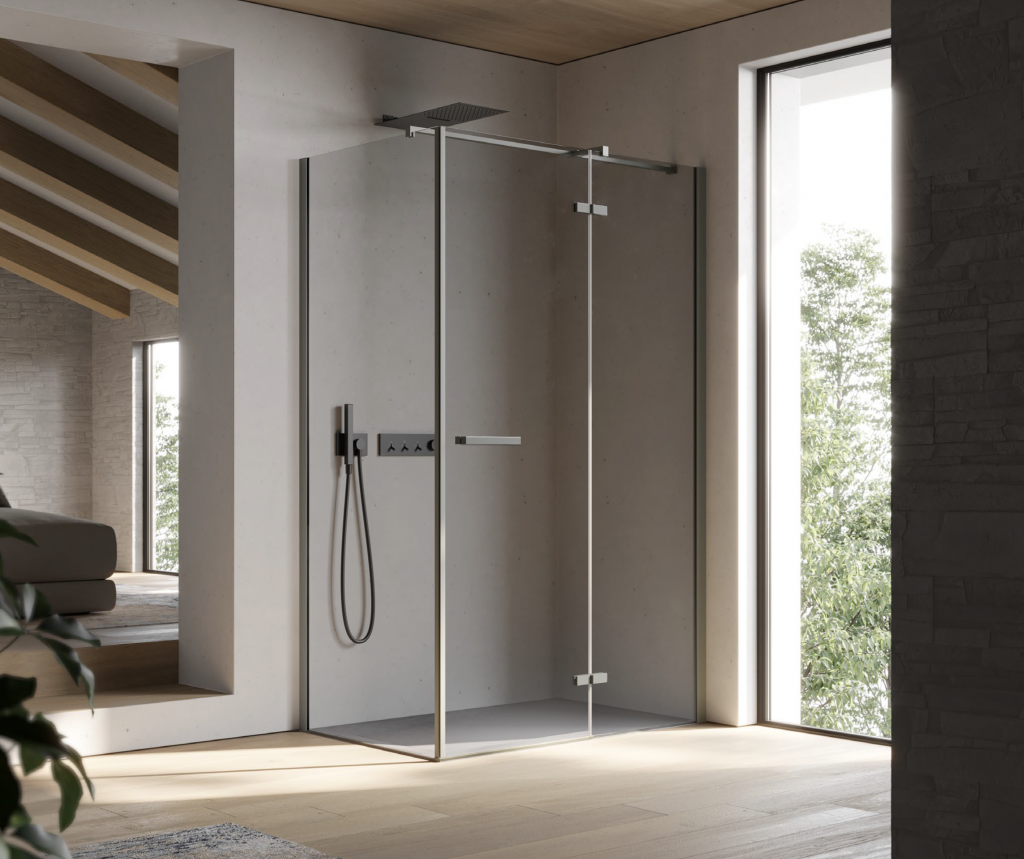




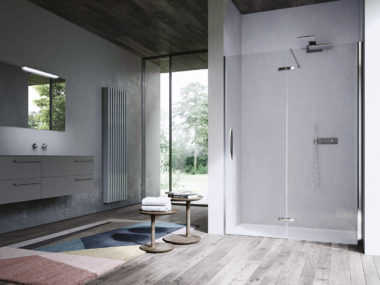






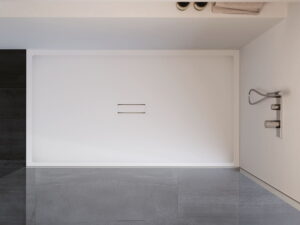
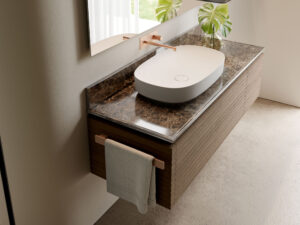

 Strictly necessary cookies
Strictly necessary cookies
 Functionality cookies
Functionality cookies
 Tracking cookies
Tracking cookies Targeting and advertising cookies
Targeting and advertising cookies